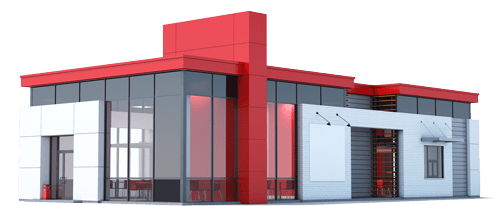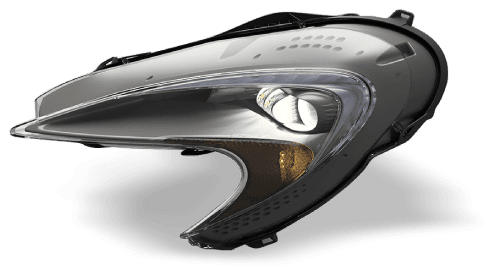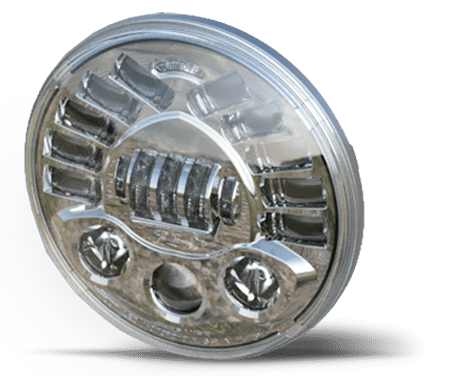
An Essential Guide to Construction Vehicle Lighting
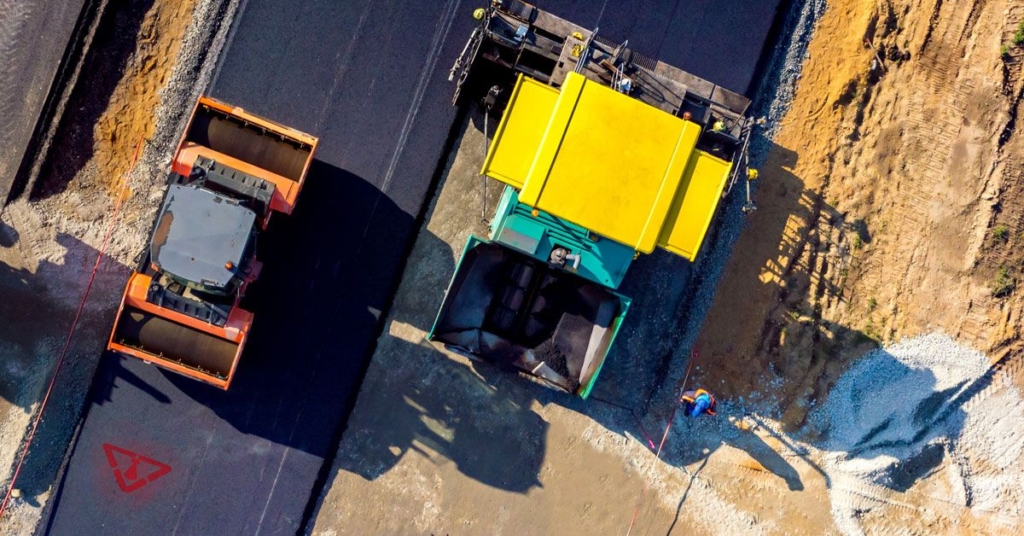
Well-functioning construction vehicle lighting can be the difference between a safe, productive shift and costly mistakes or accidents on a job site, where the environment can be unpredictable and the tasks demanding. Construction vehicle lighting enhances visibility for operators and workers while ensuring compliance with safety regulations. Today, we will explore the key aspects of construction vehicle lighting to help professionals make informed decisions. Rely on our essential guide to construction vehicle lighting to make your worksite safer.
To combat these issues, heated lights have emerged as a game changer for industries reliant on safe year-round vehicle performance. Engineers, fleet managers, and construction professionals are recognizing the value these innovative lights bring to their operations. Below, you can learn more about the must-know benefits of heated lights for your vehicles. You’ll get a better idea of what this technology is, why it is transforming various industries, and how it can elevate your operations.
Types of Lighting for Construction Vehicles
A construction vehicle doesn’t simply have one set of lights; you can outfit it with a range of tools that maximize illumination. Headlights are the primary source of visibility on the move. Halogen and LED headlights offer varying levels of brightness and durability. Halogen is cost-effective yet less durable, while LED headlights deliver outstanding brightness and energy efficiency, making them ideal for rugged conditions.
Illuminating the construction site with floodlights or area lighting mounted on the vehicle enhances security by helping operators spot trespassers and intruders. It also enables the site supervisor to monitor activities and identify potential hazards or unauthorized access.
Work Lights & Other Essentials
Work lights illuminate specific areas and are indispensable during nighttime operations or low-light conditions. Such conditions are more than inconvenient; they’re dangerous. Equipping yourself with high-quality lighting ensures you can see any obstacles ahead. High-powered LEDs and floodlights are common choices due to their ability to cover wide areas with consistent illumination, thereby enhancing precision in tasks such as digging, lifting, and material handling.
Warning and signaling lights are vital for the safety of everyone on-site. Flashing beacons, strobe lights, and directional indicators ensure that construction vehicles are visible to both workers and bystanders. Amber lights are especially effective in grabbing attention and reducing the risk of collisions. These lights meet safety requirements and instill a sense of caution in the vicinity of operating vehicles.
Industry professionals can optimize safety, increase productivity, and create a more efficient and secure worksite environment by integrating well-designed and reliable lighting solutions into construction vehicles. Prioritizing quality lighting systems and regular maintenance is an investment that yields significant returns in terms of improved operations and reduced risks.
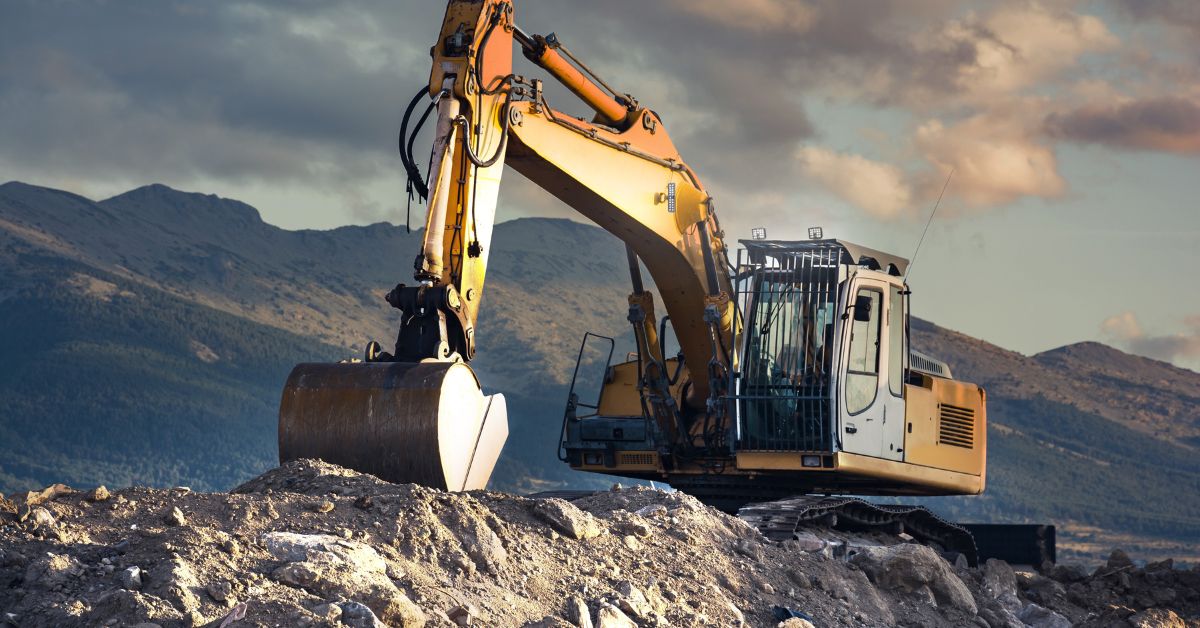
Legal and Safety Requirements for Vehicle Lighting
Compliance with legal and safety standards is non-negotiable when it comes to construction vehicle lighting. Regulatory bodies specify guidelines for light intensity, positioning, and color to ensure uniformity and effectiveness.
For instance, the Occupational Safety and Health Administration (OSHA) mandates adequate lighting in construction zones to minimize risks.
Great lighting is about more than meeting regulations; it plays an active role in accident prevention. Properly placed work lights reduce the chances of operational errors, while bright, reliable warning signals prevent accidents by keeping people away from danger zones.
Investing in compliant and high-quality lighting doesn’t just ensure regulatory adherence—it enhances operational safety and reduces liability risks.
Signs Of High-Quality Lighting
Selecting the appropriate lighting setup for your fleet involves a multifaceted approach. The vehicle type, job requirements, site conditions, and other factors will influence your decision. For example, vehicles operating in dusty conditions may benefit from lights with dust-resistant casings, while those in wet climates should consider waterproof lighting systems.
Energy efficiency is another critical consideration. LED lights are leading the way with their low power consumption and remarkable longevity, making them cost-effective in the long term.
Conduct thorough research to identify reputable vendors who specialize in lighting solutions for construction vehicles. Compare their products, reputation, and customer reviews to assess their reliability and expertise.
Evaluate the vendor’s product range and ensure they offer a wide selection of high-quality lights that meet your specific requirements. Look for a vendor who can provide a comprehensive range of lighting options suited for various construction vehicle applications.
Following these guidelines and conducting thorough research ensures you can find a reliable vendor that offers high-quality lighting solutions for your construction vehicles and enhances safety, productivity, and operational efficiency.
Finding Lights You Can Rely On
Durability is equally important; construction sites are harsh environments, so lighting solutions should withstand vibrations, impacts, and weather extremes to minimize downtime and maintenance costs. J.W. Speaker Corporation’s construction equipment lights feature LEDs to ensure you can run a more efficient and reliable machine, especially in extreme conditions.
Tailoring your lighting choices to your fleet’s operational needs isn’t just practical—it directly impacts efficiency and safety. Custom configurations, such as adding extra work lights or upgrading to high-output LEDs, can significantly improve performance in demanding environments.
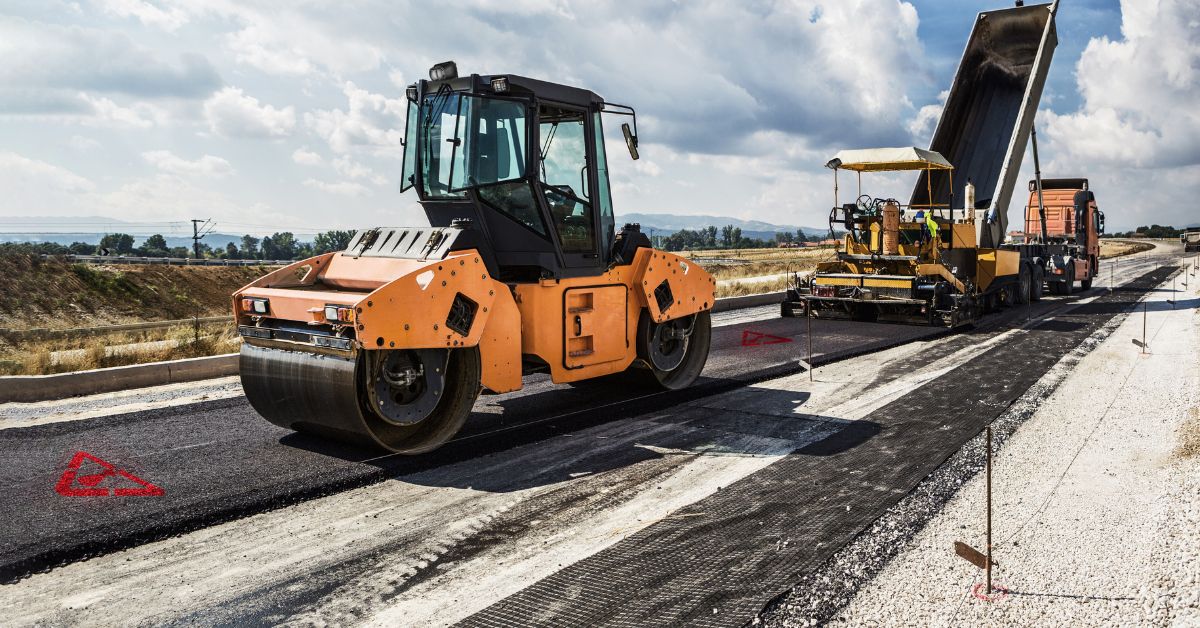
Preventing Repairs, Prioritizing Performance
Even the best lighting systems require regular maintenance to perform effectively. Routine inspections are paramount for identifying issues, such as cracked casings, burnt-out bulbs, or dimming lights. Promptly addressing these problems prevents further damage and ensures your fleet is always ready for action. Don’t hesitate to refer to the lighting manufacturer’s maintenance specifications to ensure you don’t overlook any key steps.
Replacing faulty bulbs or fixtures is a simple yet impactful step. Upgrading bulbs to brighter or more efficient options during replacements can also be a strategic move. Keeping the light housings clean is equally important, as dirt and debris can diminish light output and reduce visibility.
Preventative maintenance extends your lighting system’s lifespan and enhances its reliability. Regular checks save money in the long run by reducing unexpected failures and costly downtimes, ensuring continuous operations.
Optimizing Your Fleet With the Right Lighting
Proper lighting is indispensable for construction vehicles, impacting safety, compliance, and operational efficiency. This essential guide to construction vehicle lighting has carefully covered key aspects, from understanding different types of lights to exploring legal requirements that continue regulating the industry.
Staying informed about your lighting options should be a top priority. The benefits of energy-efficient, durable lighting systems extend beyond the worksite, boosting productivity, safety, and cost-effectiveness.
By incorporating high-quality lighting into your fleet management strategy and prioritizing regular maintenance, you take a proactive step toward optimizing your operations. Well-lit construction sites aren’t just safer—they’re more efficient and better equipped to handle the challenges of modern industry demands. Empower your construction vehicles with top-notch lighting solutions and elevate innovation and operational efficiency on your worksite.
